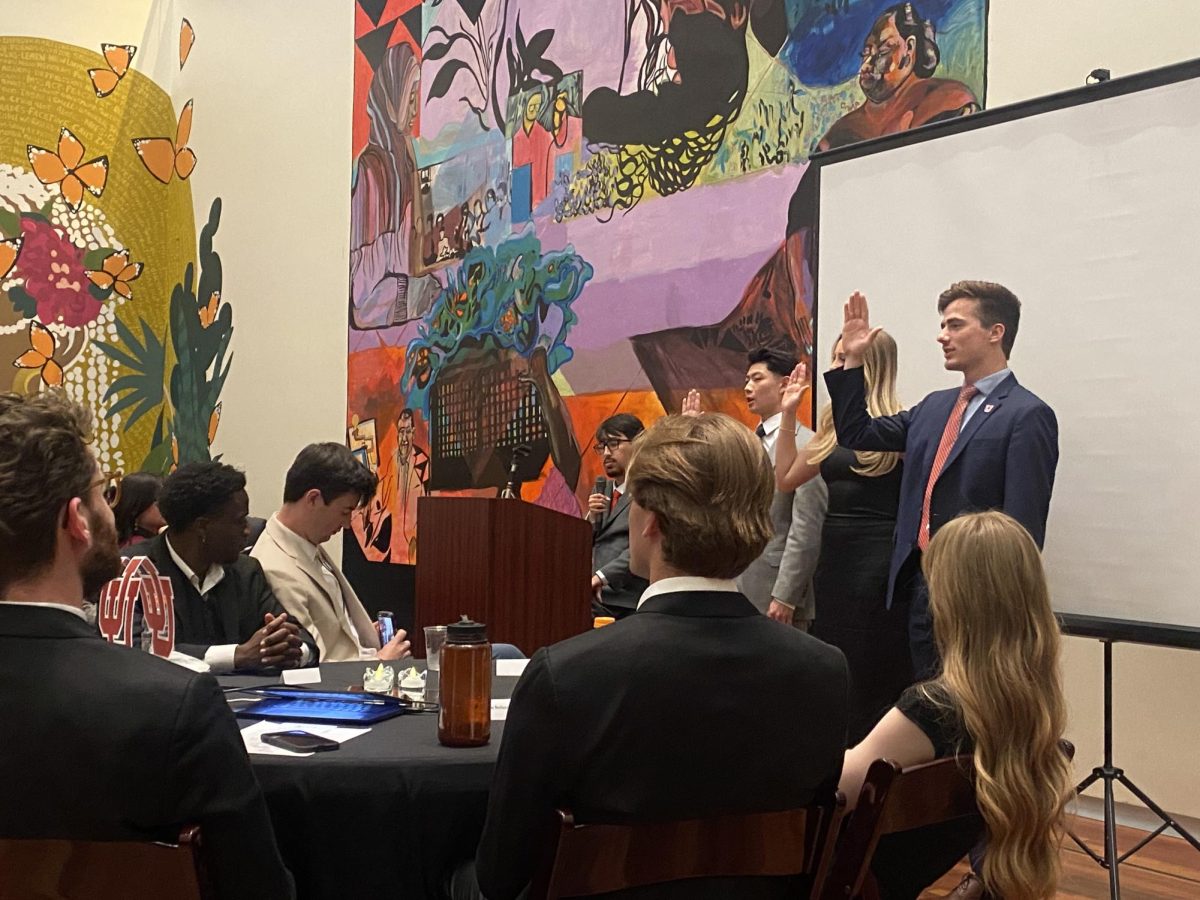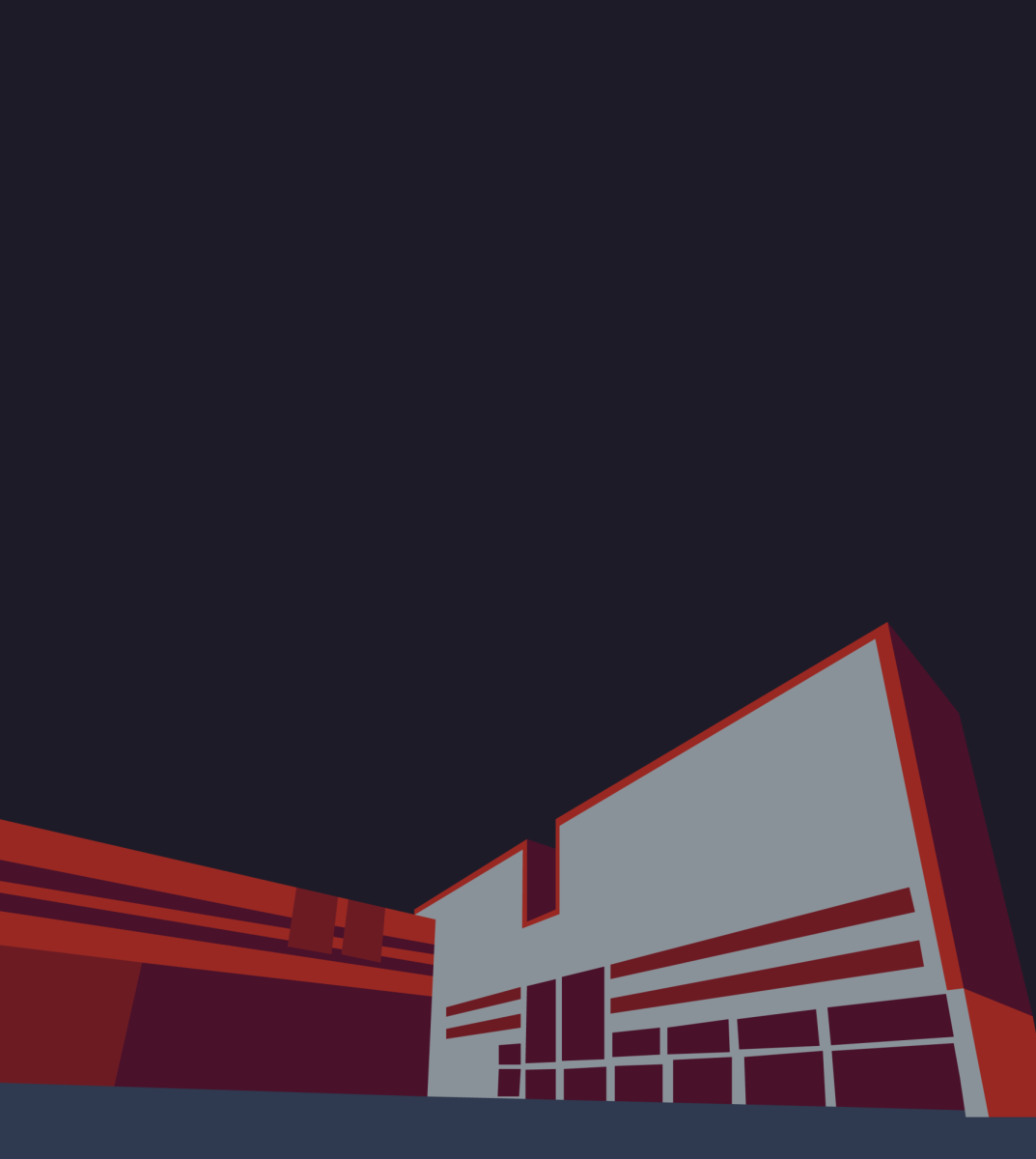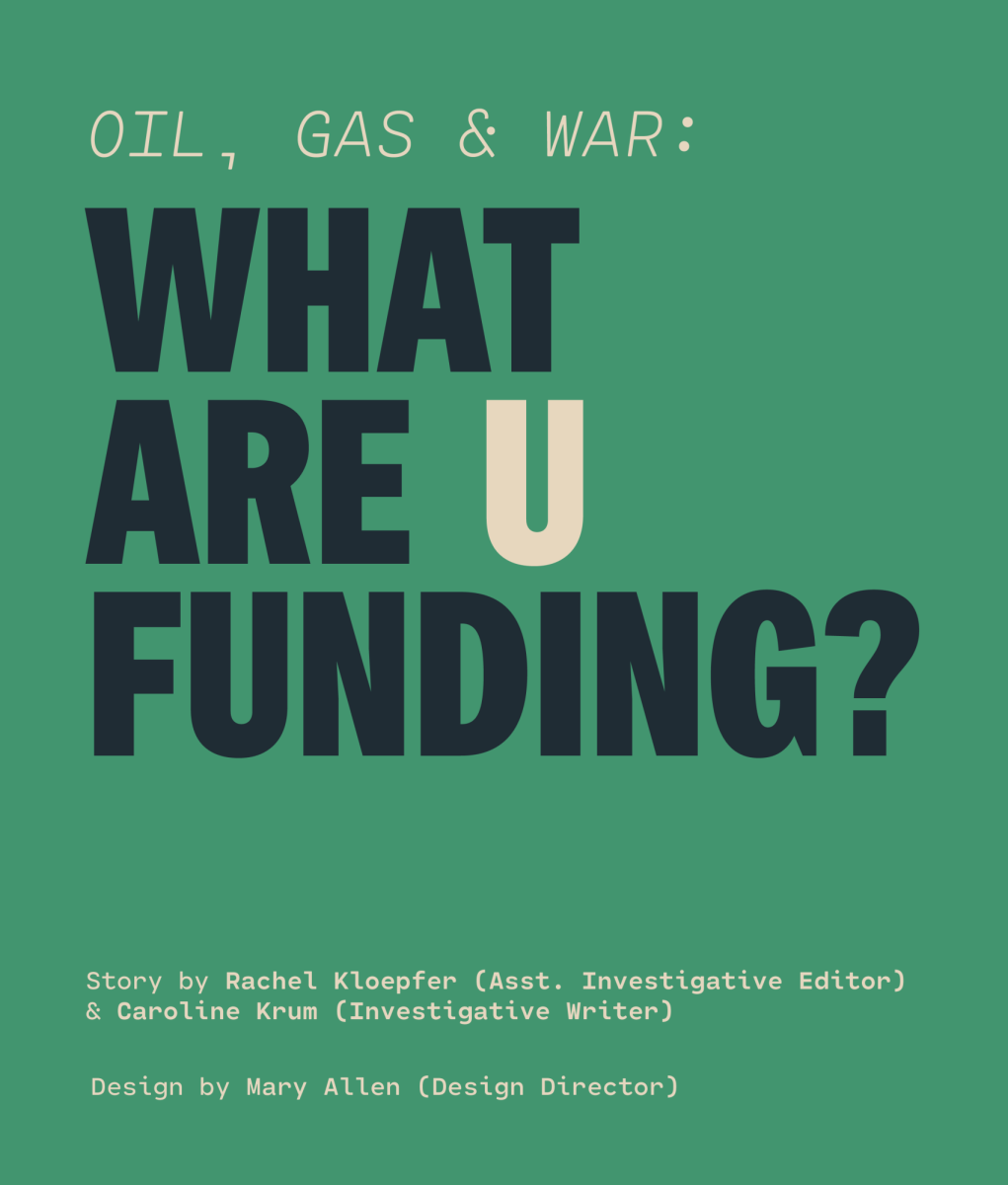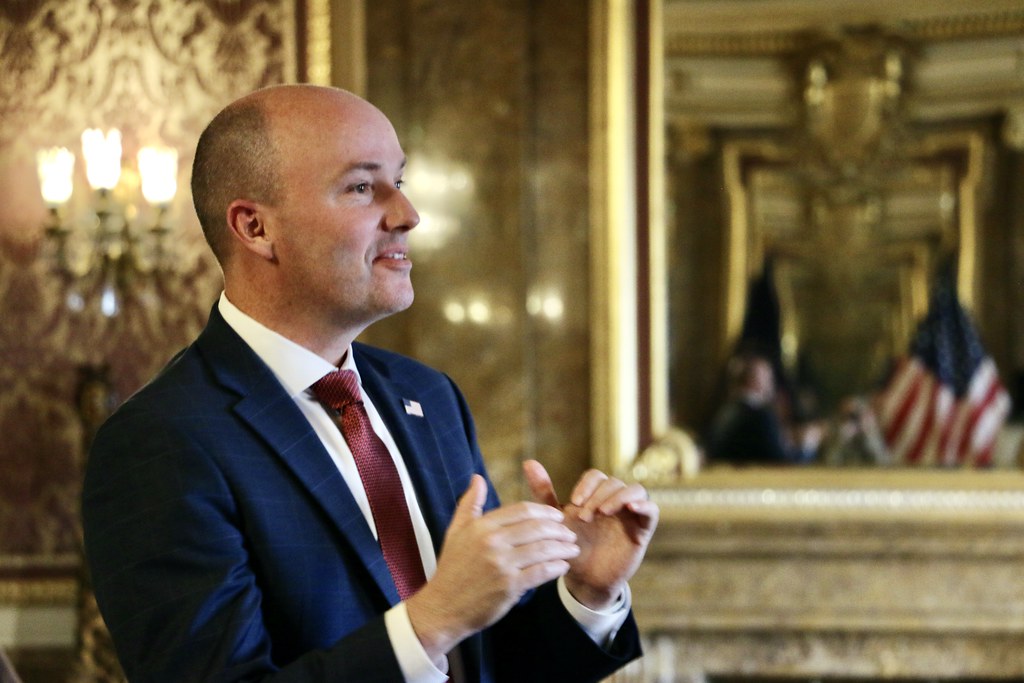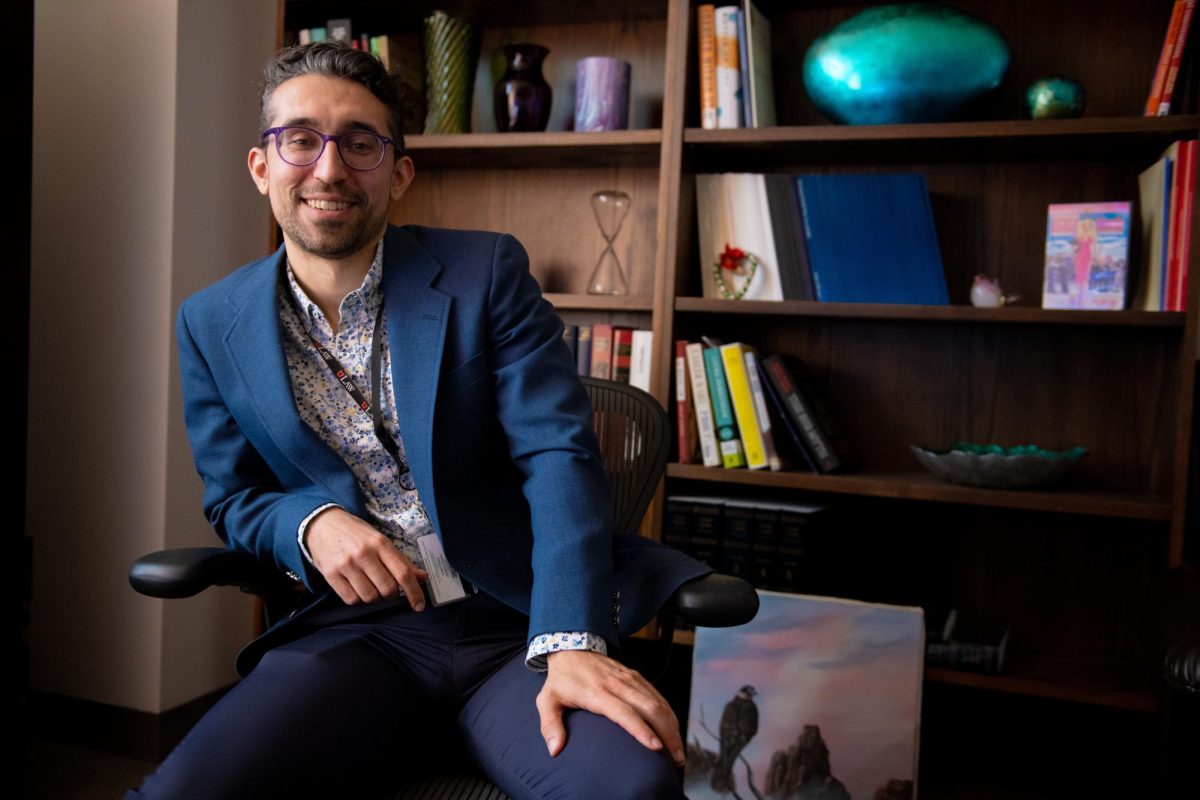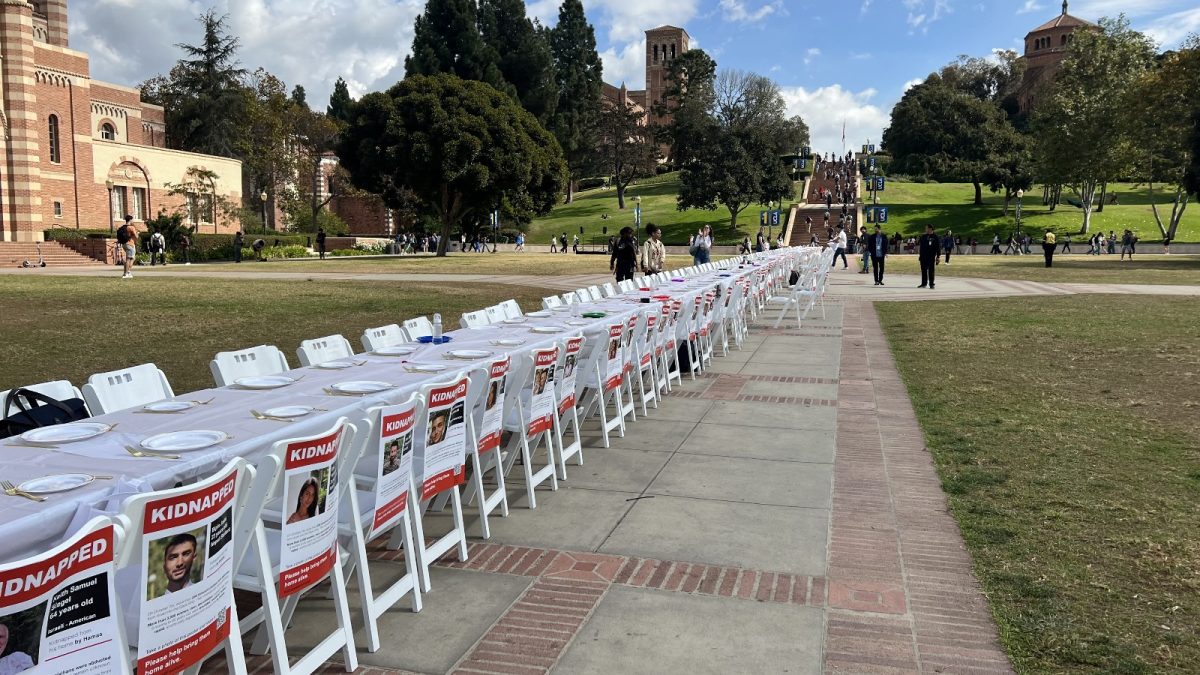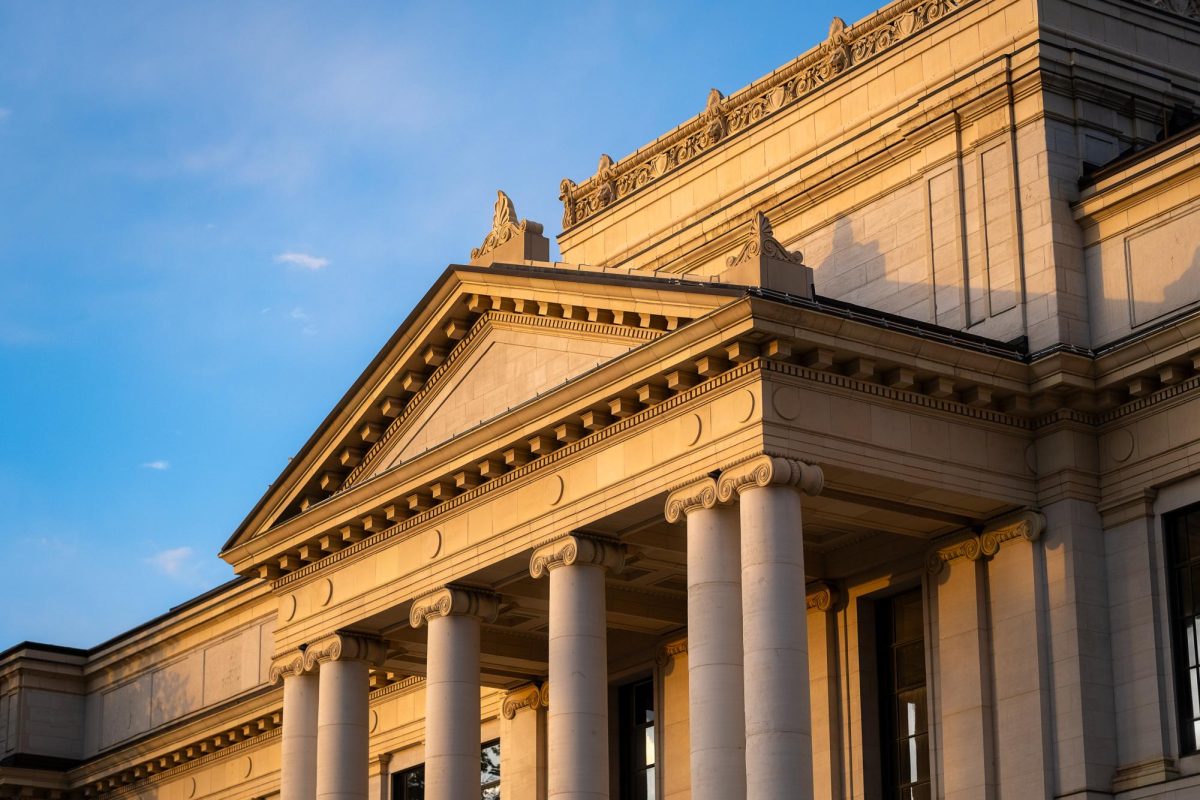A new $14 million facility designed to house magnets powerful enough to suspend refrigerators, stop pacemakers and erase credit cards was dedicated last Friday, Sept. 8.
University of Utah President Michael K. Young said at the ceremony that the David M. Grant NMR Center will support research in a range of disciplines.
“Only law is excluded in the fields that they can do research on in this building,” Young said, adding that the state-of-the-art magnetic device will be a “magnet for top scholars?and a magnet to attract top students across a whole range of fields.”
The new facility honors David Grant, distinguished professor of chemistry at the U, who helped to develop much of the theory and experimental techniques that allowed nuclear magnetic resonance to be used successfully to analyze molecules and their structure in a diverse range of materials.
Both Grant and his collaborator, Ron Pugmire, associate vice president for research and professor of chemical engineering, were instrumental in securing funding-part of which comes from a National Institutes of Health grant, for the building.
Those who toured the new center saw large and very tall, empty rooms, which will be filled with most of the existing NMR devices on campus, containing magnets which generate fields 38,000 to 226,000 times stronger than the earth’s magnetic field.
Special architectural designs were engineered in order to allow a $2 million to $2.5 million 800 megahertz NMR, with 300,000 times the pull of Earth’s magnetic field, to be lowered in from the roof within two years.
In the next five years, the U hopes to purchase a 900-megahertz or possibly a 1-gigahertz NMR, which can reach maximum field strength almost 400,000 times that of the earth’s magnetic field.
The 800-megahertz and 900-megahertz NMRs will assist graduate students, postdoctoral students and top scientists at the U in better analyzing solid samples like coal and oil shale, as well as proteins.
Merrill Halling, a first-year chemistry graduate student, said he is “looking forward to being trained on the new NMRs” and “plans to use them for research.”
Future NMR research at the U may help clean up mercury from power plant emissions as well as provide information about how HIV infects cells.
 Lisa Teran
Lisa TeranThis 600 megahertz magnet lies in the new David M. Grant NMR Center.
 Lisa Teran
Lisa TeranDavid M. Grant speaks at the dedication of the David M. Grant Nuclear Magnetic Resonance Center also known as the Gauss Haus, which is located underground between the north and south wings of the Henry Eyring Building.



